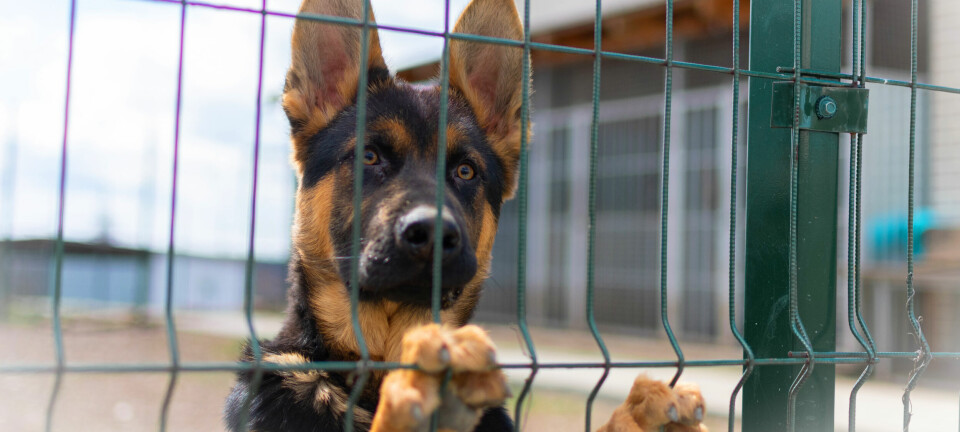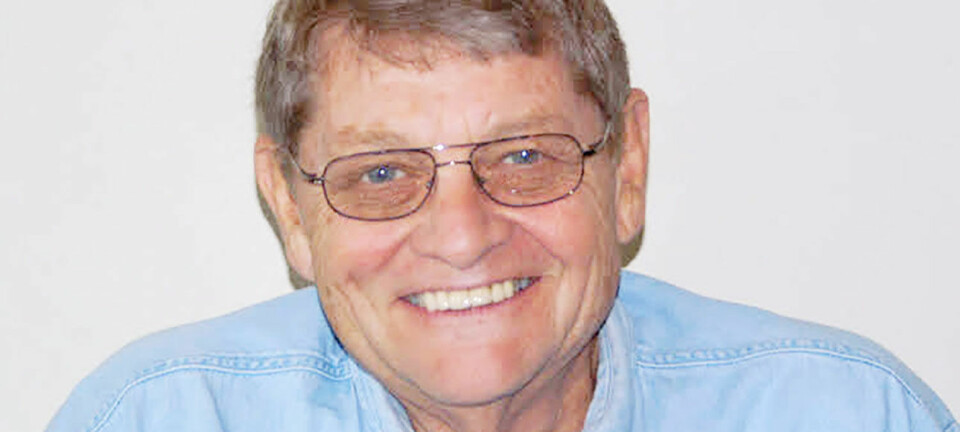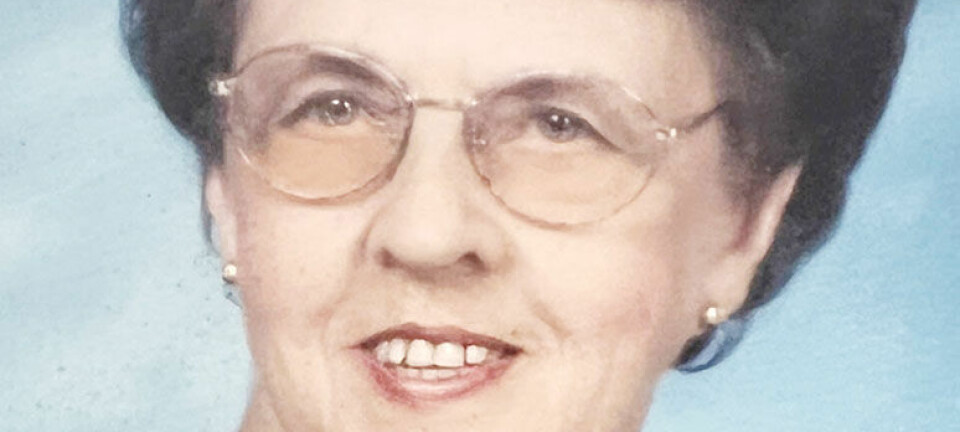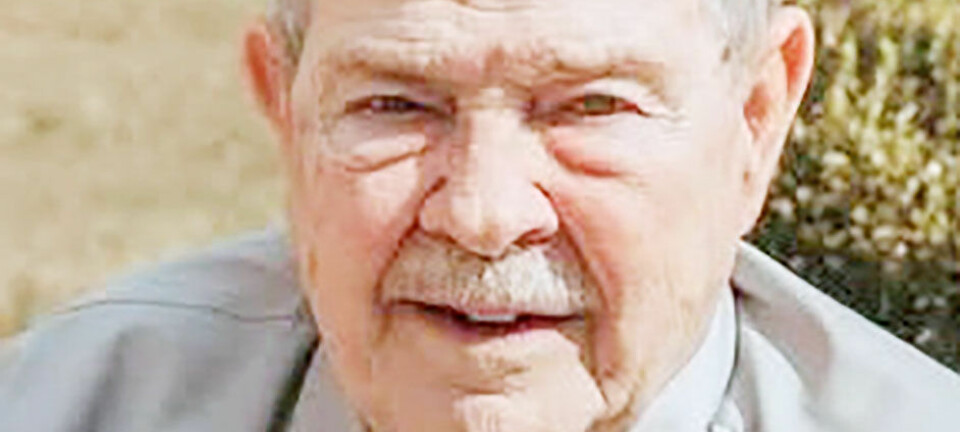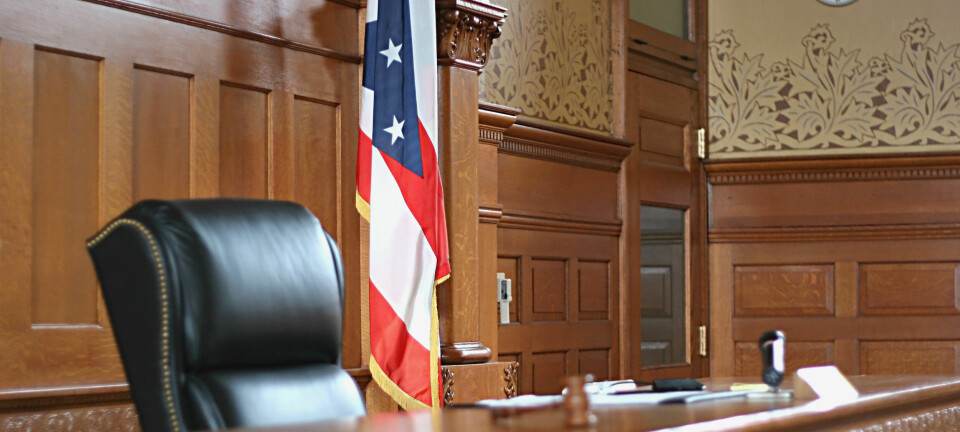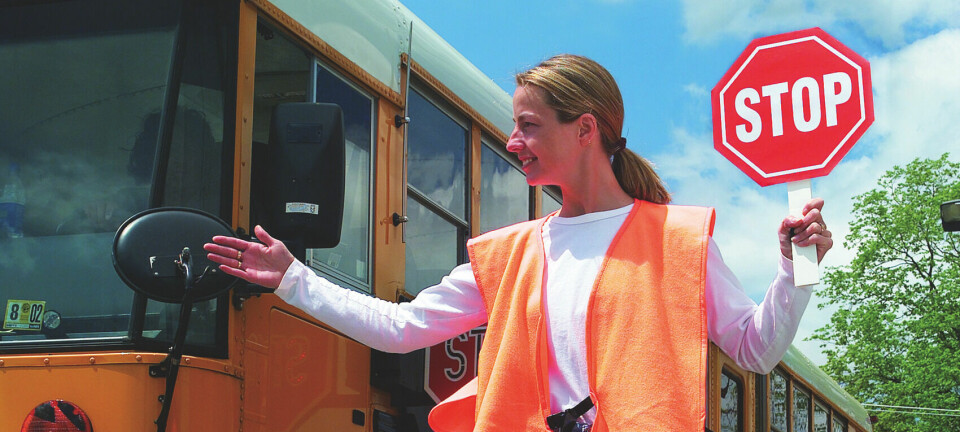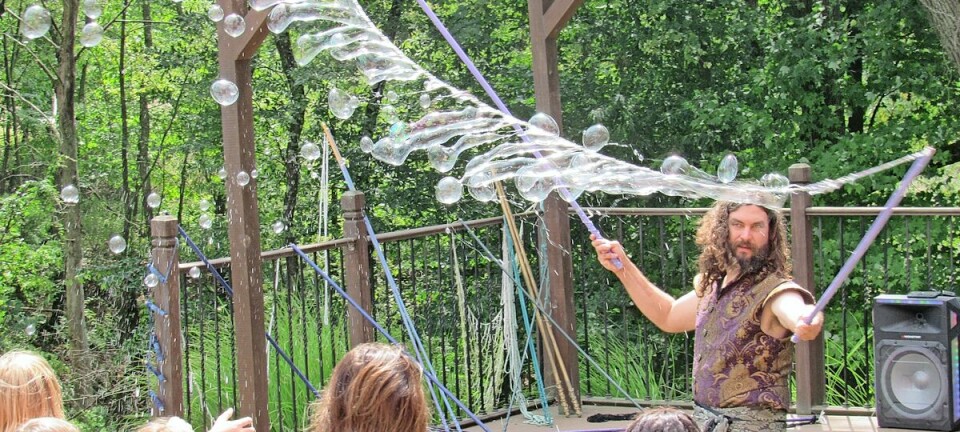Recent studies help improve recycling knowledge
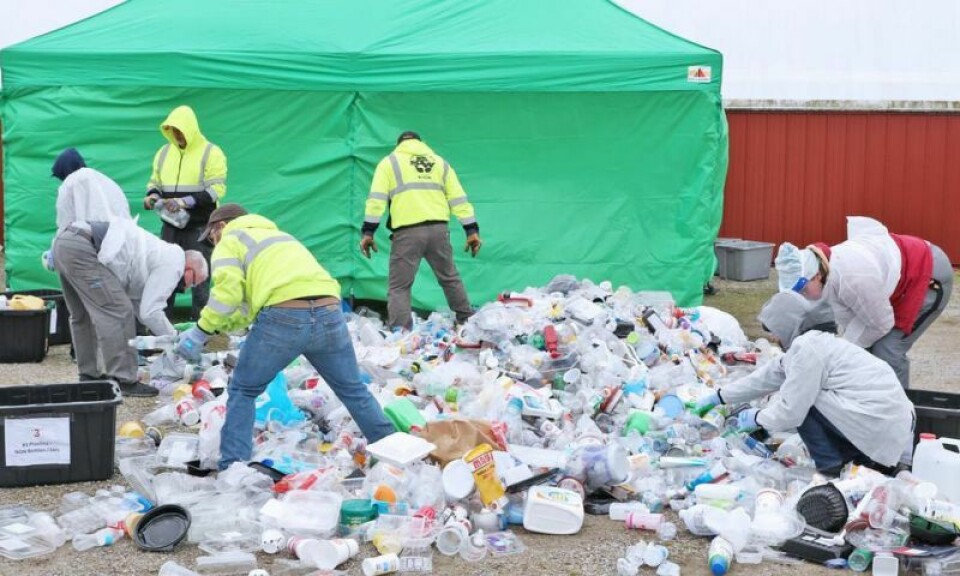
In 2019 the Stark-Tuscarawas-Wayne Recycling District conducted a study that evaluated the rate of contamination in publicly used recycling bins. Contamination basically means items that are not recyclable are being placed in the bins or items are being placed in the wrong bin.
Based on the results, the recycling district then bumped up efforts to educate the public about what is recyclable and what isn’t. Along with advertising and increased public awareness efforts through social media and the STWRD newsletter, new labels including pictures were placed on bins to better identify which items were acceptable and which were not.
According to Steve Tharp, Jr., program manager for STWRD, those efforts resulted in a 65% reduction in contamination. “That’s a significant reduction,” Tharp said.
Fast forward to 2023. The district recently wrapped up a study measuring the public’s recycling awareness, knowledge and practices in the Wooster area. According to Tharp, the six-week presort study, funded by the Ohio EPA, began in late April and wrapped up in early June.
GT Environmental of Columbus was selected to consult on the study, organizing and designing the campaign and then implementing it. The first phase involved dumping out bins to observe the items people were tossing in.
“In doing so, we were able to isolate the problem child,” Tharp said, which was occurring in the bin designated for plastic bottles and jugs only.
Tharp said not only were people placing items in the bin that were neither plastic bottles nor jugs, but they also were tossing in all sorts of items, from food containers and flower pots to dish drainers, garden hoses and plastic bags.
After isolating the problem, STWRD staff, master recyclers and drivers gathered at the Wooster Buehler’s recycling site for six weeks to try to change those habits. Tharp said the Wooster Buehler’s was selected as the study’s launch site based on the higher contamination levels there.
What they found
“We wanted to see what people are putting in the bins,” Tharp said. “So we had them fill out a survey and then helped them unload their cars so we could identify items that were not recyclable or that they were placing in the wrong bins.”
Among the most common contaminants were plastic clamshell food containers. Besides being placed in the wrong bin, those clamshells are not recyclable, according to Tharp. In fact, not all plastic bottles and jugs are recyclable.
“Those types of materials are labeled,” Tharp said. “They also may have what people perceive as the recycle logo and a number on them. That logo is actually a resin code which identifies the type of plastic it is, but it doesn’t indicate whether or not the material is recyclable. It’s a common misperception.”
The other complication is even if an item is recyclable, it may not be recyclable at the moment because there may be no market for it.
So how do we know what to do?
“Read the labels on the bins,” Tharp said. “We tell you exactly what can be accepted and show pictures. We even provide little hints about things like flattening the cardboard.”
Tharp said plastic bags are never acceptable in the bins because they cause a tangling hazard when the materials go through recycling machinery.
Over the six weeks, Tharp said people did react and respond positively. While the change in behavior was not as significant as the district would like to see, Tharp said a measurable decrease in contamination was observed.
“We felt that if we had the resources to be there more often, we would have experienced a more significant downturn,” Tharp said.
Tharp said the information gathered in the study will serve as the baseline for a broader district-wide education program. “We have a number of collection sites in Tuscarawas County, but we plan to look at the Dover and New Philadelphia Buehler’s first.”
More information on recycling practices is available at www.timetorecycle.org.

